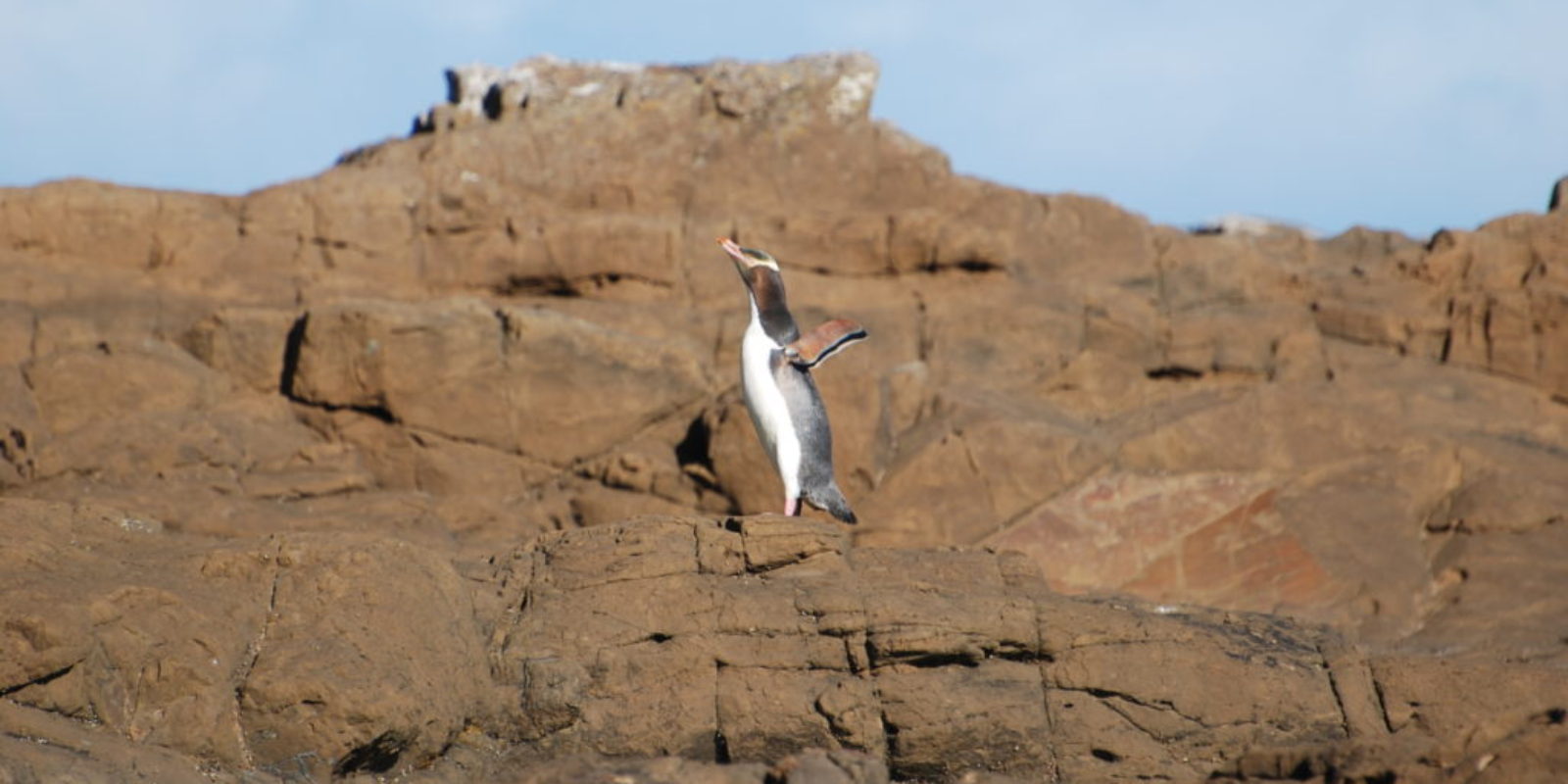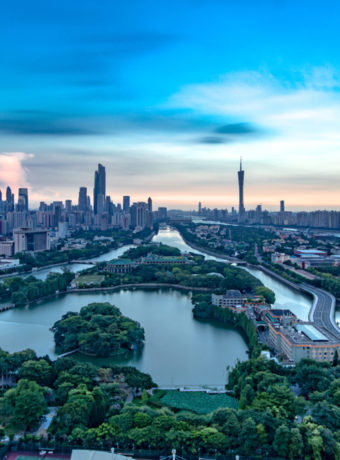In late 2015, while still living in New Zealand, I had the opportunity to guide a small trip through New Zealand. It sounds enterprising, but it was my brother and his friend, both travelling to New Zealand for a friend’s wedding. My brother hasn’t been there since he was 7 (or 6, he skipped his seventh birthday by crossing the international date line), and Sully had never left the US/Mexico.
In the weeks leading up to their trip, my brother had a lot of questions for me. But even after their arrival into Auckland there were practical questions that should have been answered weeks before. Two days before Ben flew out from the States, he asked me if all he needed was his passport. And, he was worried that I wouldn’t be at the airport to meet him (I would be).
Practical advice for travelling to New Zealand
Travelling with two people who don’t usually travel internationally was a huge eye-opener. Neither one of them did much research at all. Sully had taken USD out before coming, thinking that maybe he could use it here, while Ben had been told to get money before leaving the airport (a good tip). Ben had brought literally a piece of clothing for every day, while Sully hadn’t brought a single pair of shorts because he thought it would be cold. It was late November, heading into summer, and I hadn’t worn jeans in a week. But neither of them asked!
Think of this post on travelling to New Zealand as a primer to the details*: what you need to enter the country, what you’ll need to know once you are here, and a little bit about weather/climate and the cities with main airports….
Passports and visas (and more)
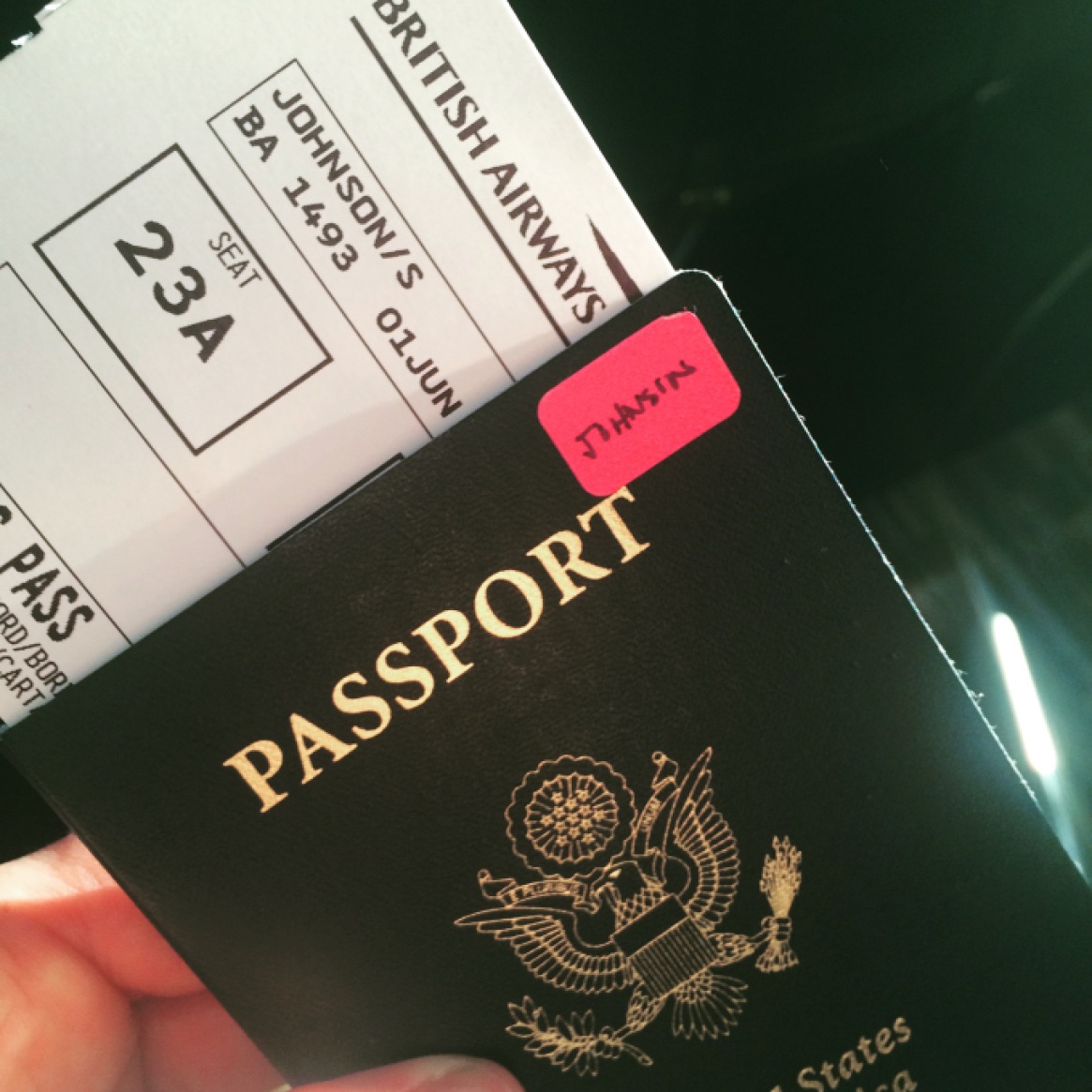
There are two things you need to know if you are planning a trip to New Zealand. The first is that you must have a valid passport. Valid does not mean that it expires two weeks after you return from NZ, you must have a passport that is at least six months from expiry when you travel. Every person entering NZ must enter on a passport, no matter if you are from Australia, the US, Germany, Nigeria, or Vietnam.
Visas are different. If you are from a visa-waiver country (and only staying less than three months), you will be issued a visitor visa upon arrival at the airport, and you don’t need to do anything. If, however, you are from a country not on that list or planning to stay longer than three months, you will need to apply for a visitor visa before you arrive. Your travel advisor or tour company will have these details for you depending on where you are from. Always check with your travel advisor if they don’t give this information to you!
Lastly, you will need to prove several things upon arrival into the country. First, you will need to have proof of an outbound flight. Some visa conditions state that all you need is proof of funds to purchase an outbound flight; check your specific requirements. You may be asked to purchase an outbound flight before you can check in for your flight to NZ if you don’t have one.

Currency and banks
New Zealand uses the New Zealand dollar. There are $1 and $2 coins and bills from $5 up to $100. They are coloured, like Euros and British sterling. There are 10, 20, and 50 cent coin pieces, and anything that costs $x.23 or $x.78 will be rounded up or down to the nearest ten cents. Prices include tax (and GST) already so you don’t need to do any mental math. Examples: a bottle of water is priced at $1.99. You will pay $2 cash and not receive change. Two souvenirs add up at $31.47. You will pay $32 cash and receive a $.50 piece in change.
If you need to get cash out, look for ANZ, BNZ, WestPac, or KiwiBank. All of these will have a cash machine for you to get cash from your home bank or credit card. Remember that you will have foreign transaction fees and ATM fees on top of the money you withdraw.
Cost of living and travelling to New Zealand

Your flights to New Zealand will likely be the most expensive part of your trip. Air New Zealand is the national carrier; they fly direct from Los Angeles (LAX) to Auckland (AKL). On Air NZ, a round trip flight from LAX to AKL can be $1500 for an economy ticket. Premium economy can be $3,000 per ticket, while business and first run upwards of $5,000 each. United codeshares with Air NZ, while Delta, American, Fiji Airways, Cathay Pacific, Qantas, and Emirates fly into Sydney, Australia.
New Zealand is a very expensive country. You can travel cheaply – without doing many of the expensive, adrenaline-pumping activities that NZ is known for – but groceries, hotels, and petrol will be one of the biggest drains on your budget.
It is worth noting that if you are using a card, staff might ask “EFTPOS?” instead of “card?” Many places (especially on the South Island) will not take Amex, so make sure you have another credit card as well, and also well worth noting is that many foreign bank cards – even if you use them as debit in your home country – will need to be run as credit here. New Zealand has the chip and pin system that the US hasn’t yet adopted in full. Staff in most places are unaccustomed to having a pen for you to sign your receipt. It’s a good idea to mention that you will need to sign it so they can grab one.
What language do they speak in New Zealand?
Kiwis speak English. There are – like every other country – slang words you will hear often. If something is awesome, Kiwis might say its “choice.” “Sweet as” is another Kiwi slang word. If you’ve spent time in the UK, some words and phrases might be familiar.
The Maori language is very integrated into English, especially in place names and cultural associations. The “wh” letter pairing is pronounced as “f,” so (for example) Whangarei is pronounced “Fahng-a-ray” not “Wang-ga-ray.” You will come across a lot of places names that are Maori.
Power adapters and phones
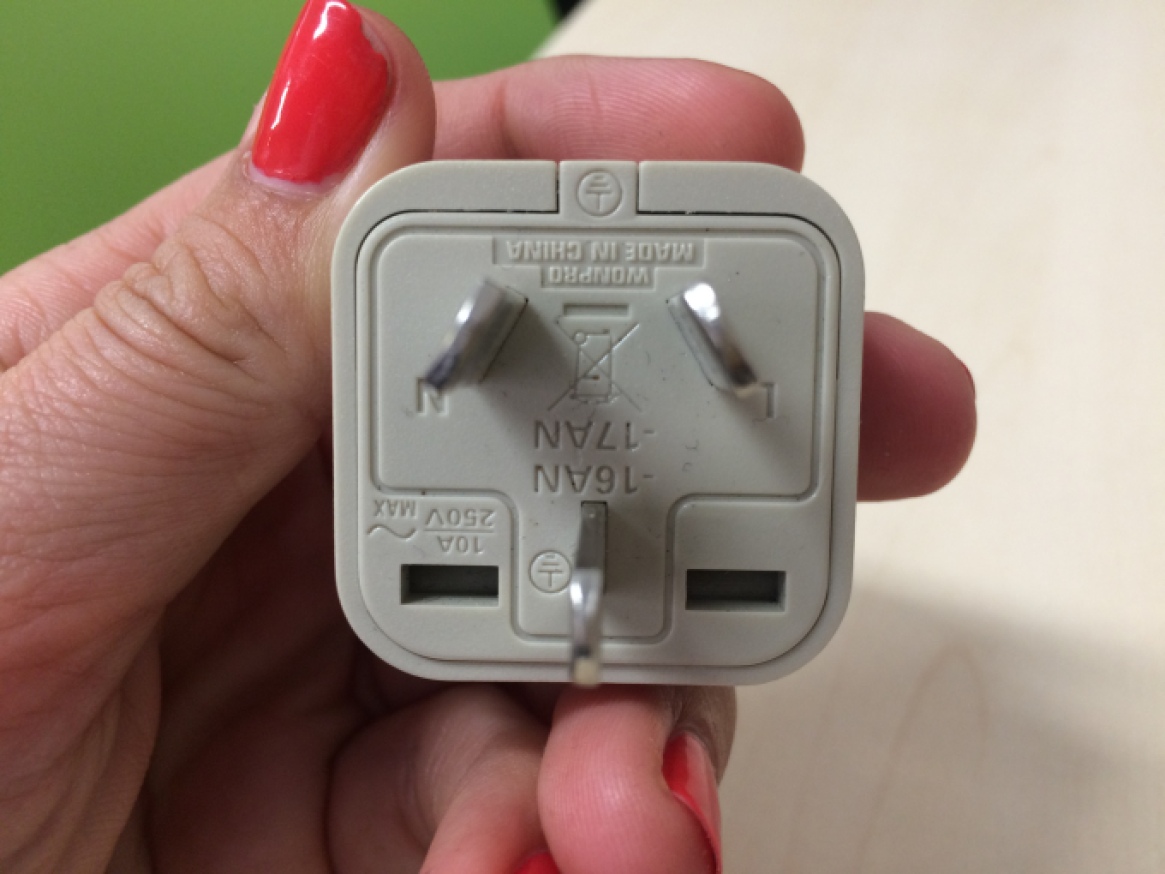
There are several big phone companies in NZ. 2Degrees, Vodaphone, and Spark are the three big ones. Using your mobile with your home sim card is going to be expensive. Putting a New Zealand sim card into your phone is a great idea! Purchase one at the arrivals terminal in the airport or in any town.
You do need to make sure that your phone is unlocked – which sometimes can take a few weeks before you leave your home country. Check requirements with your provider. You should also make sure your phone is tri or quad band, as dual band phone might not work – but most modern phones are quad band so you should be alright there if you have a smart phone.
Power voltage is 220/240v, and the power plugs in NZ are the same as the ones used in Australia. They are two or three pronged, with the two prongs at a slight tilt. You can buy a power adapter before you leave your home country, or purchase one in New Zealand. If you choose to purchase one in NZ, you will want to do so before leaving Auckland or another bigger city; small towns will not have a shop that sells them.
Cities and the capital
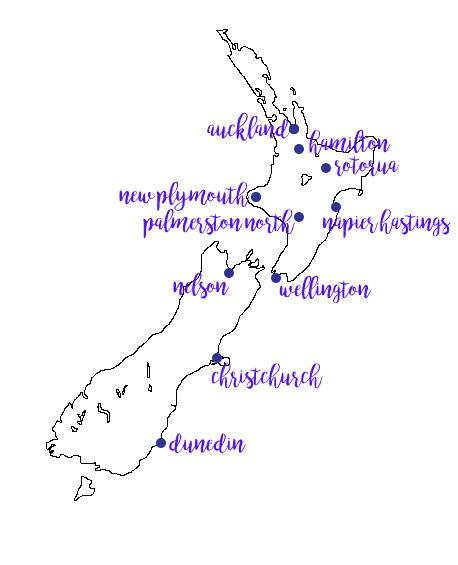
The capital of New Zealand is Wellington. Wellington lies at the bottom of the North Island, in close proximity to the South Island, along the Cook Strait. All government buildings are in Wellington, including the US Embassy. The US Embassy in Wellington does not offer consular services. The Consulate General is in Auckland; they can provide emergency services and passport assistance.
New Zealand’s largest city is Auckland, in the north of the North Island. Most international flights arrive at Auckland International Airport, which is about 30 minutes south of the city centre. There are three major international airports on the South Island. These are Christchurch, Queenstown, and Dunedin.
The ten largest cities (in order) in New Zealand are Auckland, Wellington, Christchurch, Hamilton, Tauranga, Napier-Hastings, Dunedin, Palmerston North, Nelson, and Rotorua.
Stewart Island is the third largest island, located at the southern tip of the South Island. There is one small town there, called Oban. This is the place to go to see kiwi birds in native bush, watch for the aurora, or hike in native bush. You can fly from Invercargill or take the passenger ferry from Bluff.
Car rentals and driving tips
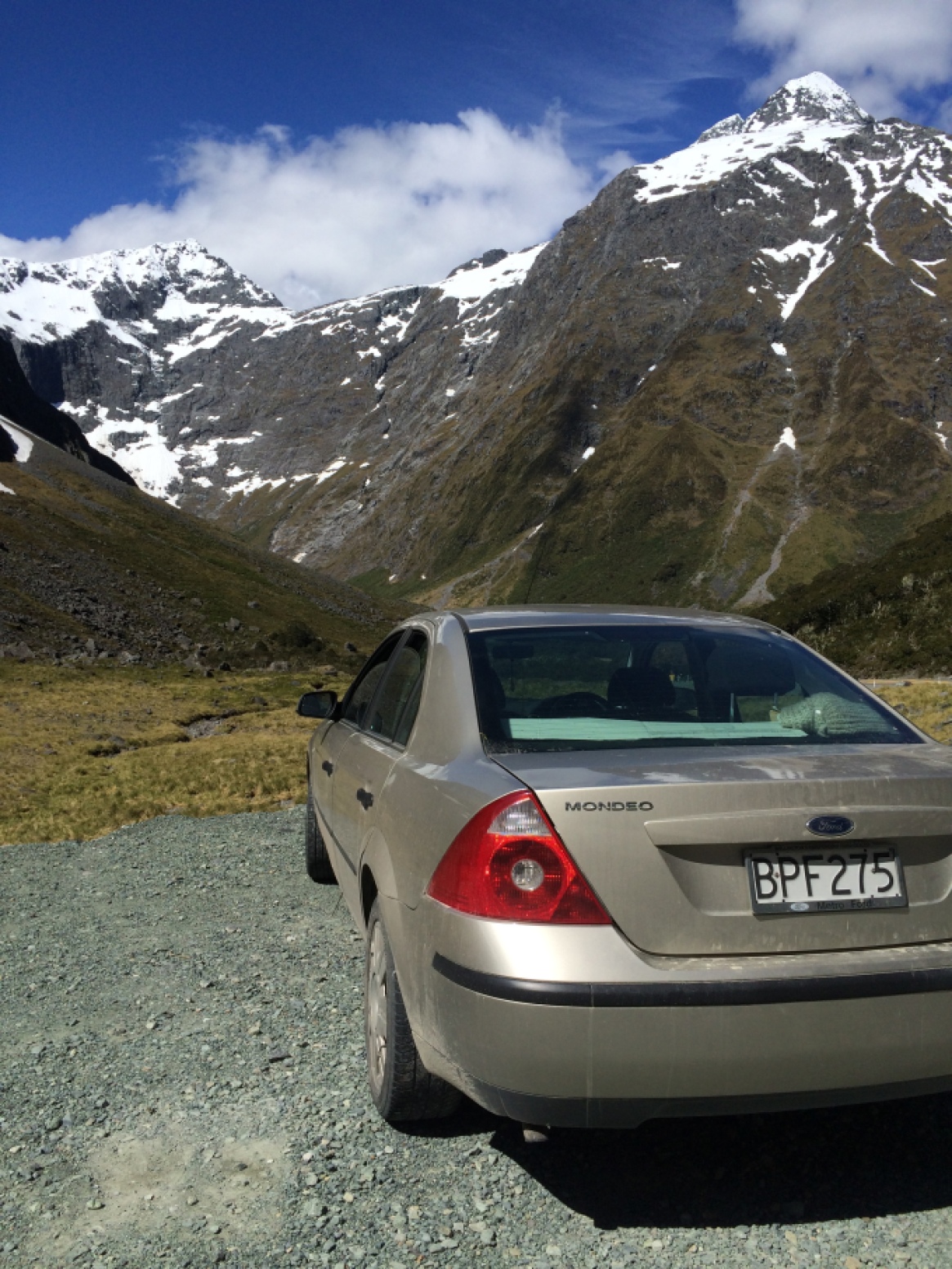
It will be much easier to get around the country if you have your own car or driver and transport. Relying on public transport can be frustrating and sometimes non-existent. If you plan to rent a car while travelling in New Zealand, there are some things that you need to be aware of.
First and foremost, Kiwis drive on the left side of the road. This is opposite to the US and most other countries. One of the major causes of accidents in NZ is tourists mistakenly driving on the wrong side of the road. If you have never driven on the left, visit this New Zealand website, which offers a short course on road rules.
Secondly, the roads in NZ are small, narrow, steep, and twisty. Just by looking at a map, you might think that it will take only an hour to two to get most places. This isn’t the case in most places, and thinking this adds stress to a vacation. Plan ahead!
The maximum speed limit is 100kph, including rural roads, but it can take longer than an hour to travel 100km in most places. You should always plan extra time when driving between two places.
Sometimes it is easier to fly between two places, even if on a map they don’t appear that far apart.
Climate and natural disasters
As an island nation, New Zealand is prone to ferocious winds and storms. These come from northern Australia, Antarctica, and the Pacific Ocean. Situated on the Ring of Fire, the country is also highly seismically active. Earthquakes occur 50 to 80 times per day, especially near Christchurch. I don’t want this to scare you off – major earthquakes happen once every few years here – but you should be aware that the possibility exists. If you do not know what to do in an earthquake, read here.
If an earthquake occurs, there is also a possibility of a tsunami. You will be aware of this if you are near the coast; there will be alerts. Should a tsunami arise, sirens will sound and you should head immediately for higher ground.
The landscape is highly varied. It ranges from gently rolling hills and sand dunes in the north of the country to an extensive mountain range that stretches from Nelson to Queenstown. Each region is different, which is one of the things that makes NZ such an interesting country.
What’s the weather like?

Unfortunately, the variety in landscape, from rainforest to Alps, means that packing for a trip to New Zealand is difficult. What you wear in the Bay of Islands in November is not what you wear in Queenstown a week later. When travelling to New Zealand, pack to layer your clothes. If you plan to hike, be sure you have rainproof pants, jackets, and boots. It does rain quite a bit, especially in the spring (September – November) and especially on the South Island.
Remember that New Zealand is in the Southern Hemisphere, with reversed seasons. Summer runs from December to February, autumn from March to May. Winter is from June to August, and spring from September to November.
The people and a short history of the country
Native New Zealanders are called Maori. They are Polynesians who travelled here several hundred years ago. Europeans arrived in the late 1700s. All New Zealanders are called Kiwis, after the flightless bird. For a very detailed introduction on the history of New Zealand… read here.
*Disclaimer: These are the barest details. Please check requirements for your own country! I have done my best to link the appropriate websites where needed.*
This post originally appeared on my travel blog, The Girl With the Map Tattoo. While I modified in it places and updated information, many details remain the same.
Pin this >>> for future reference on travelling to New Zealand!

